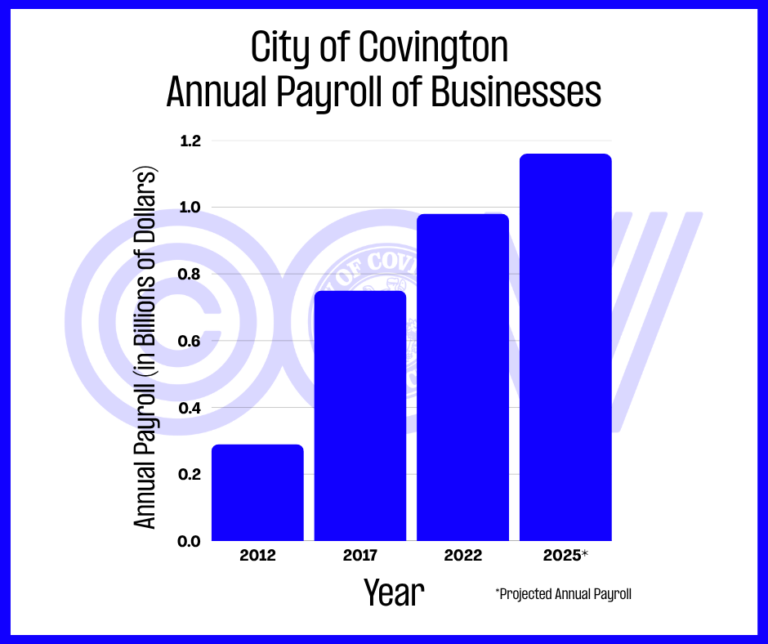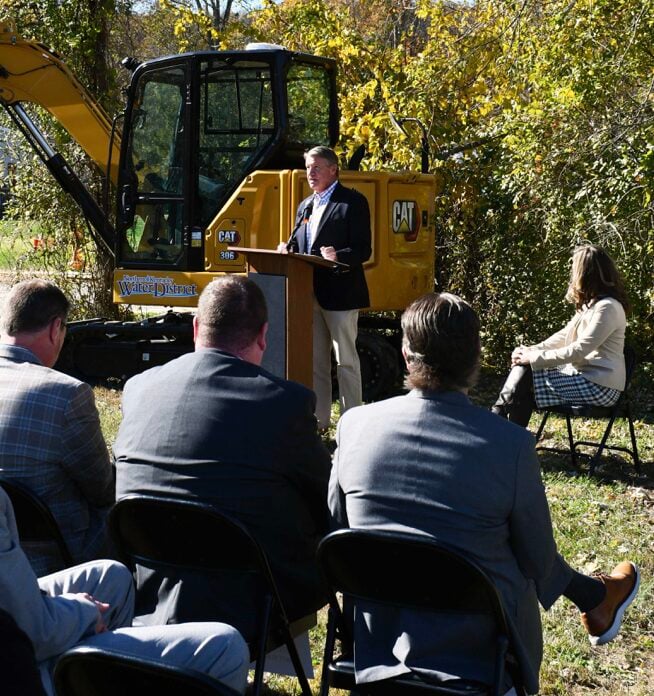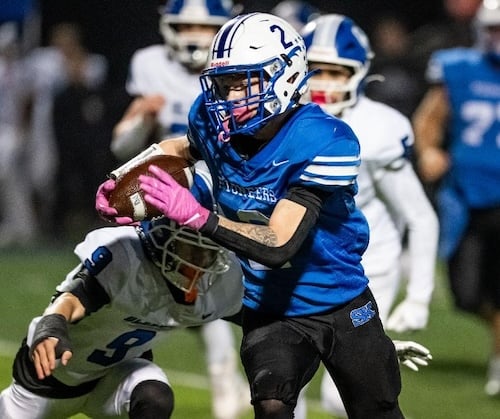By Jennie Rees
Kentucky Downs
When the Kentucky Downs Ladies Turf goes to the post Saturday, Kentucky Downs president Corey Johnsen expects to reflect back on that race a decade ago.
Johnsen and his partner Ray Reid came to Kentucky Downs for the first time to watch their Argentine champion Honey Rose run in the Ladies Turf. Johnsen was a veteran in the racetrack management and breeding worlds, but neither man had ever been to Kentucky Downs’ unique all-grass meet held over an undulating, 1 5/16-mile kidney-shaped course in the middle of basically pasture.
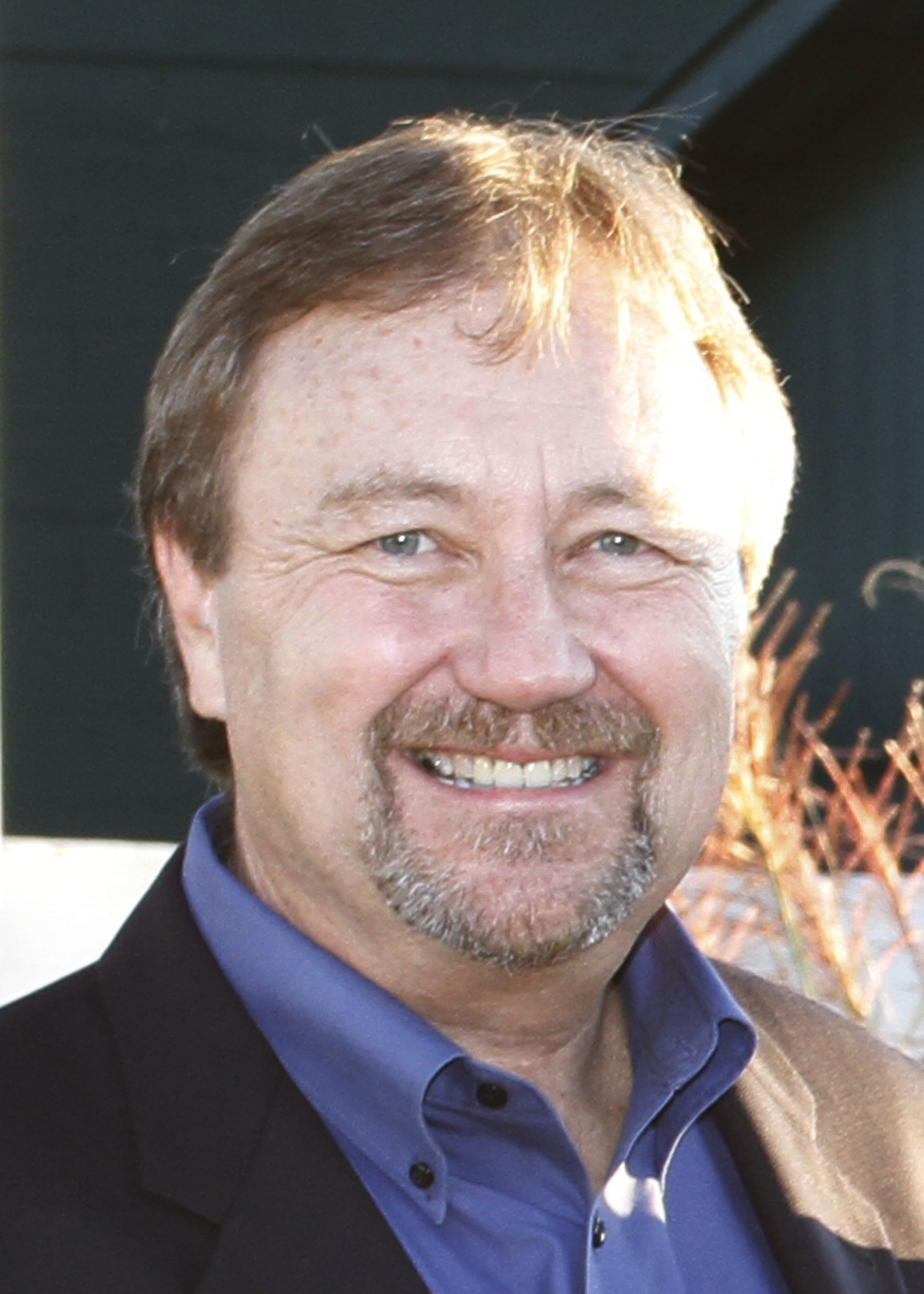
Honey Rose finished second by a neck, but Johnsen and Reid knew they’d seen a winner in the track.
“When I saw it, I thought, ‘This place is great!’” Johnsen said. “I was taken by the European-style turf course and the large clubhouse facility, as well as its proximity to Nashville. I loved the facility, the setting and the location.”
Brad Kelley, Kentucky Downs’ majority owner then, agreed to sell with the assurance that the new ownership would continue his goal of using the track to provide economic development and a source of pride to Simpson County, as well as to improve Kentucky horse racing and breeding.
“Those goals have directed all our efforts over the last nine years,” Johnsen said.
The Ladies Turf was $100,000 in 2006. Now it’s $350,000, along with the three other stakes on Saturday’s opening card of the five-date meet, the other programs being Sept. 8, 10, 11 and 15. Kentucky Downs is offering an average of $1.56 million a day in purses, with 12 stakes totaling $3.95 million, highlighted by the $600,000, Grade 3 Calumet Farm Kentucky Turf Cup on Sept. 10.
But that’s just part of the track’s ascent from bit player to big player as Kentucky Downs embarks on its 25th racing season. There were a lot of times in that span where you’d be hard pressed to bet it would survive.

The track literally was dropped down into a field, with all its contours, that backed up to Interstate 65 and the Tennessee border. It was named Dueling Grounds Race Course in reference to the property’s history when it was a popular locale for duels, which were permitted in Kentucky but illegal in Tennessee in the early 19th Century.
Dueling Grounds, located 35 miles from Nashville, was created shortly after Kentucky began permitting tracks to conduct simulcast wagering, first on the commonwealth’s other tracks and then across the country.
Dueling Grounds started with a one-day, four-race meet, the focal point being the $750,000 International Hurdle, the world’s richest steeplechase event at 2 3/4 miles, captured by European invader Grabel.
There were two races on the flat, including the $250,000 Sam Houston, won by trainer Bert Sonnier and jockey Randy Romero with Slow Fuse.
There also was no starting gate, even the flat races starting with the European-style elastic tape barrier. Retired jockey Mark Guidry, who as a kid rode at Louisiana’s fabled bush tracks, competed on that first card.
“Man, it was a trip, more like a fair,” he said. “You broke in a long line. Had a lot of money on the line, but they still had a lot of ant piles on the track. It was so uneven, the fences were so uneven. It’s definitely a different place now.
“Now the money is crazy. I wish I was 20 years younger, I tell you that, go for some of that money.”
Bernie Flint, a longtime trainer in Kentucky and his native Louisiana, will run Mizz Money in Saturday’s Kentucky Downs Ladies Turf. He can’t remember when he first ran a horse at the track, but says it was in Dueling Grounds’ infancy.
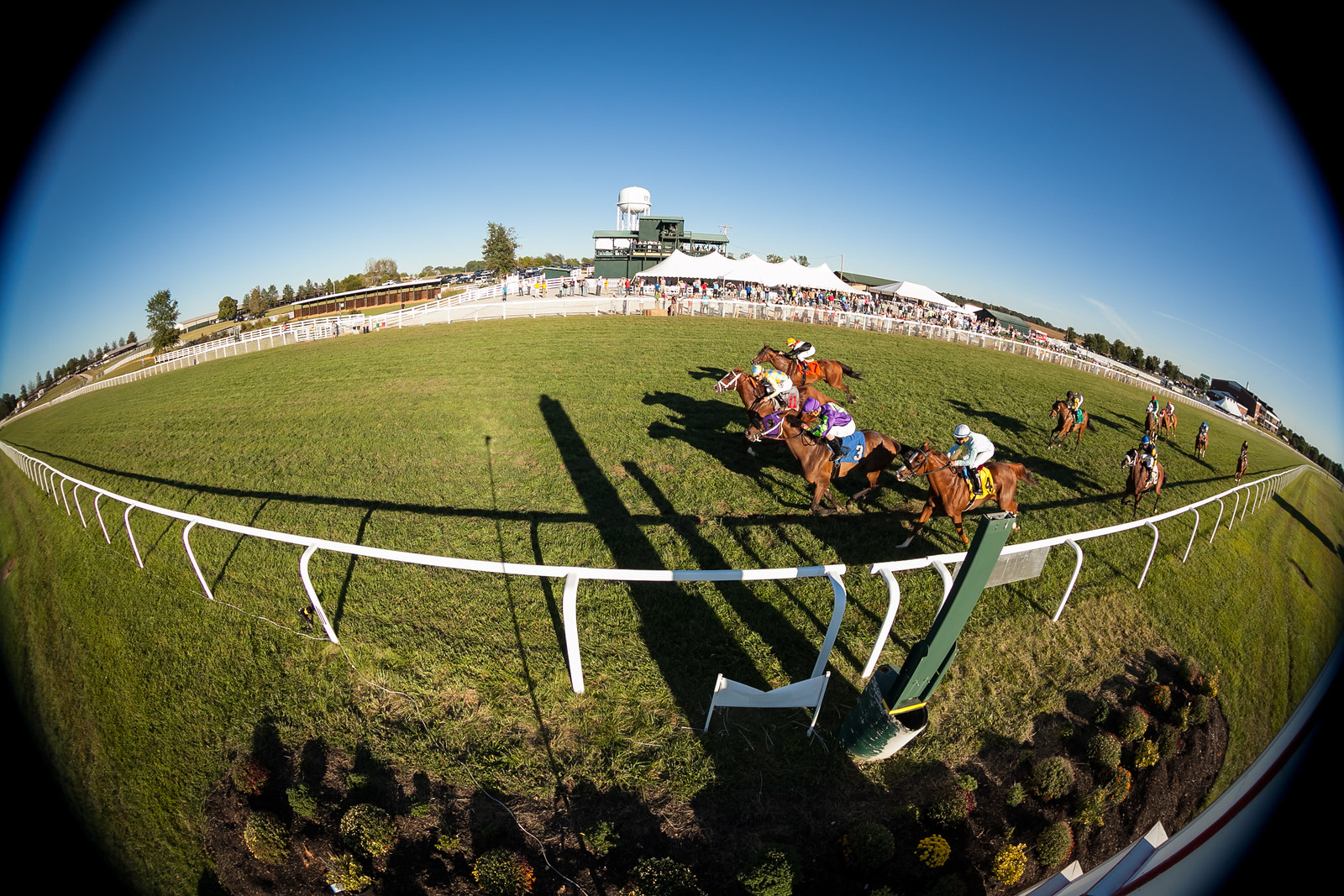
“I’d never seen a place like that in my life,” he said. “I didn’t know what to think. Where I come from, we don’t have anything but level ground. Not only did it go up and down, it went in and out.
“I thought, ‘Maybe it’ll work, maybe it won’t.’ I had no idea. Then all of sudden, here we go. Look at the money pouring in.”
Dueling Grounds soon ditched its initial steeplechase focus for flat racing and added more dates. But the track also became mired in financial, legal and political problems.
The original owner of record, in the wake of a federal corruption investigation, pleaded guilty to attempting to influence legislation affecting the track and sold Dueling Grounds in 1994 for $4.3 million. But the Kentucky racing commission shut the track down after the new owner gave the regulators a bad check for $64,000, having failed to set aside the money to pay the $2 million in purses for the 1996 meet, according to published reports.
Dueling Grounds was sold for $11 million at bankruptcy auction in 1997 to a partnership headed by Turfway Park and Churchill Downs, with other investors including Kelley. The name was changed to Kentucky Downs to emphasize being part of the Kentucky racing and to shed the unfavorable association to the track’s former self.
Kelley, raised in Simpson County, ultimately became majority owner until selling to Johnsen, former head of Lone Star Park in Texas, and Reid, a prominent businessman.
The turning point proved 2011, when Kentucky Downs introduced historical horse racing terminals, which provide a different type of gaming while remaining pari-mutuel. Since then, more than $15 million has gone to owners running their thoroughbreds at Kentucky Downs the past four years, with $7.8 million earmarked for the 2016 meet for purses and Kentucky Thoroughbred Development Fund supplements.
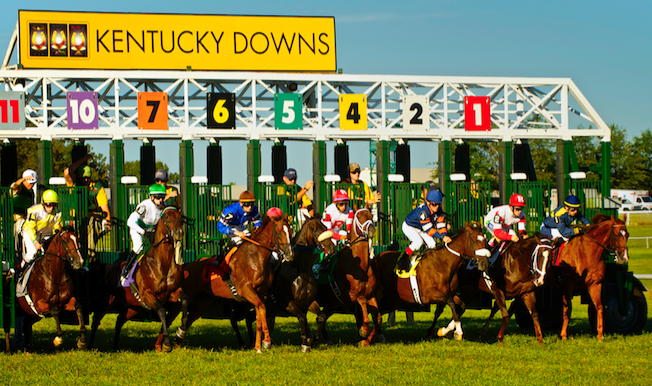
“They no longer are the weakling — they’re dominant,” said Bernie Hettel, who spent years as Kentucky’s chief state steward, later adding the post of executive director of the racing commission until 2004. “They are the dominant force with that daily purse structure that’s superior to anybody in the United States.”
Once thought of as a novelty or gimmicky track, Kentucky Downs is serious about being a national leader and sparking improvement in the Kentucky circuit. In that regard, it contributed $1.35 million in purses to Ellis Park, which allowed the Henderson track to have its best meet in many years, if not ever.
“It’s had a tremendous impact,” said trainer Mark Casse. “I think you’re seeing where a lot of horsemen aren’t even leaving Kentucky; they’re staying there. We start planning for Kentucky Downs now very early. We kind of have fun when we run and get beat at Saratoga. We say, ‘Oh that’s good. It will set him up for a real pot at Kentucky Downs.”
Calling itself the Horseplayers’ Race Track and unendingly working to improve the product and facility, Kentucky Downs still never wants to lose its original charm and flavor.
“Kentucky Downs is like no other racetrack,” said trainer Dale Romans. “It feels like you’re going to a fair or carnival. It’s a great family place. One of my wealthiest clients flew in to watch his horse run, and I worried that he didn’t have his caviar, champagne and tablecloths. He gets out, walks around watching the races. By the end of the day he says, ‘This is the greatest track I’ve ever been to.’
“… It’s a unique situation. It started years ago with one day of racing to get inter-track wagering. Then Corey came in, they rolled the dice and put (historical horse racing) machines in, and it’s been a big windfall. They took a big gamble, and it paid off for Kentucky Downs and horsemen.”
Asked about Kentucky Downs’ 26th season, Ted Nicholson, senior vice president and general manager, said, “We want to hear what everybody talks about, whether they like our enhancements, whether they didn’t. That way we can adjust. We listen to them, and that’s why we made the change this year to the (race video) camera angles, the camera view and went to HD.
“What we do next year, I have no idea. But it will be more improvement.”











